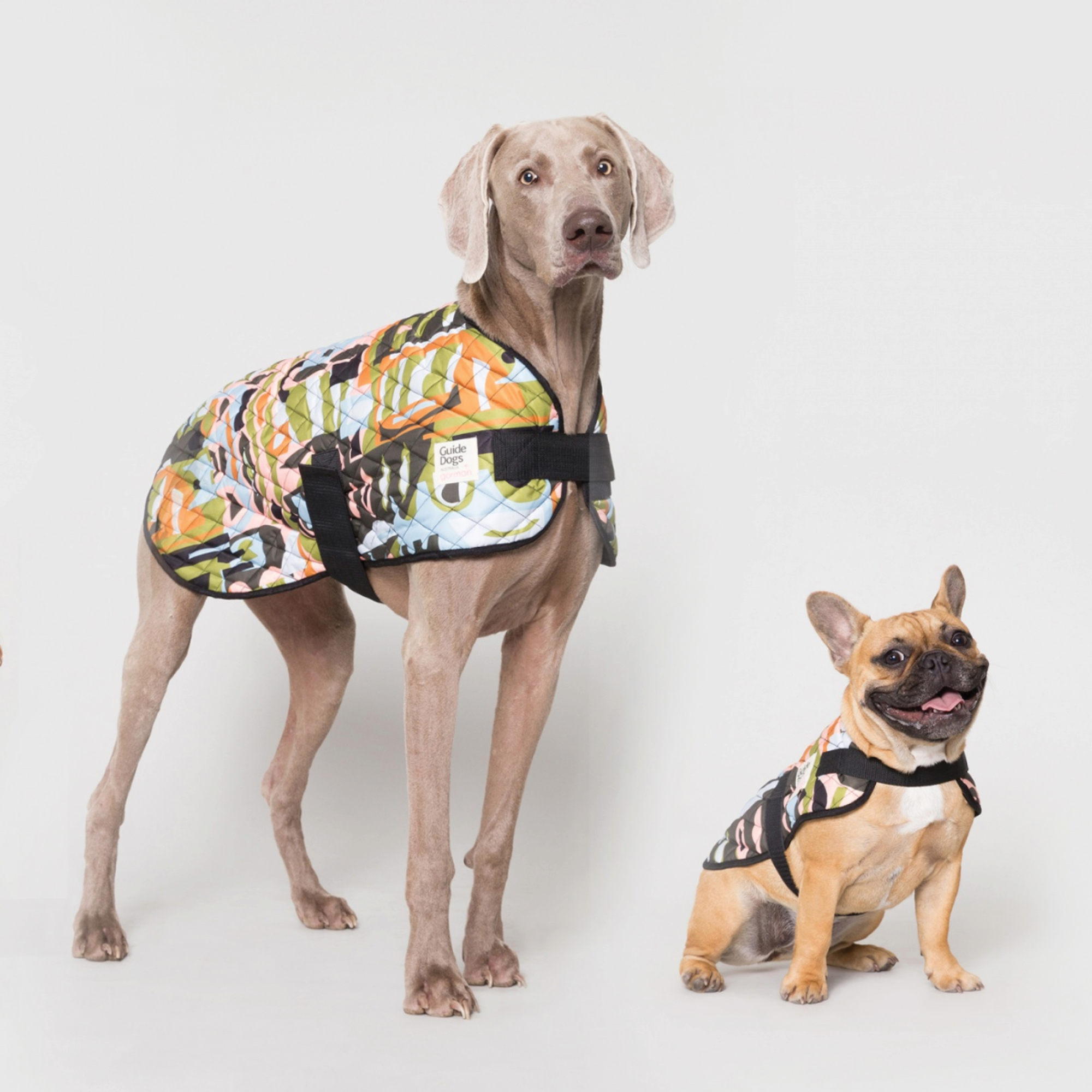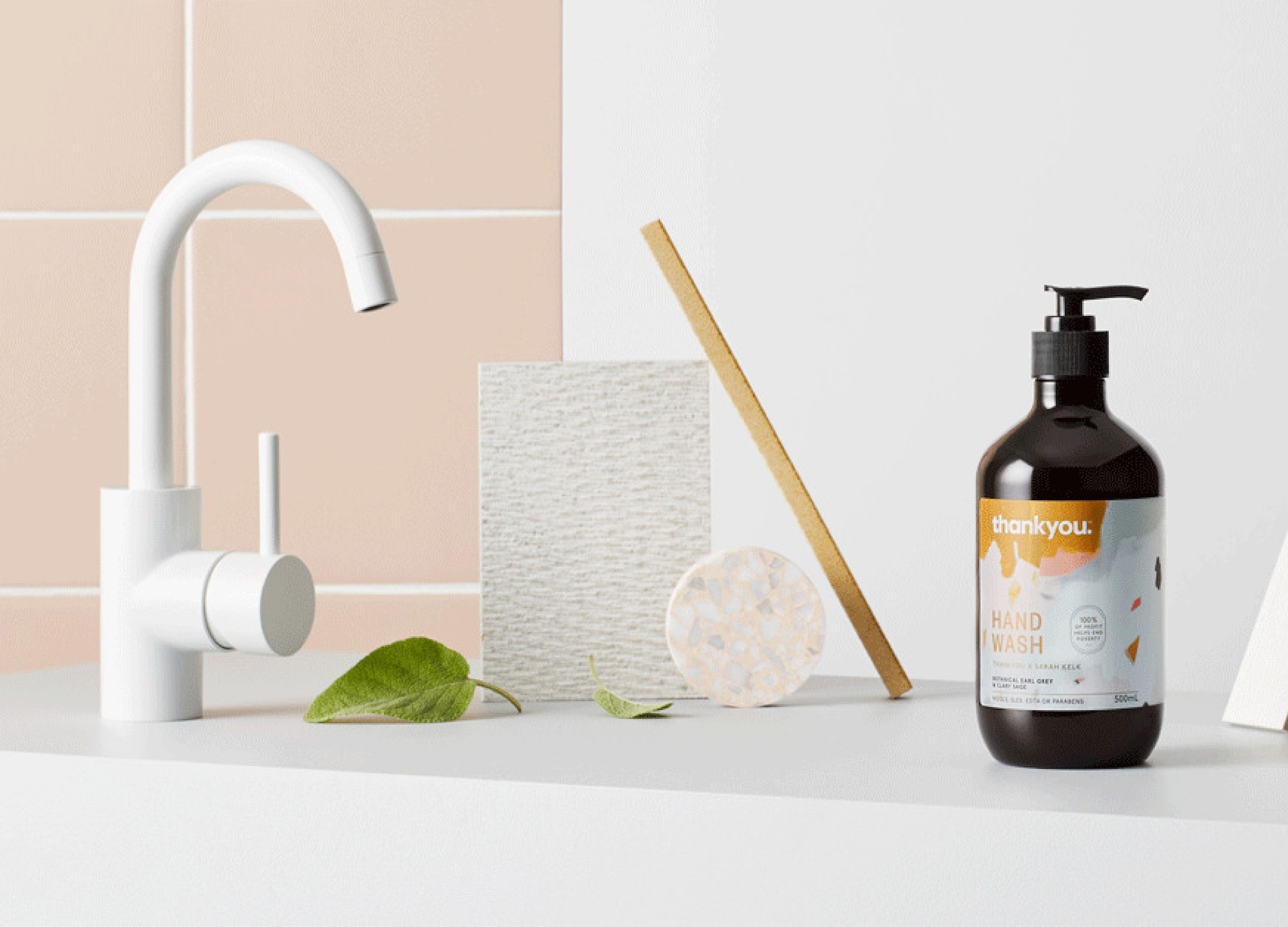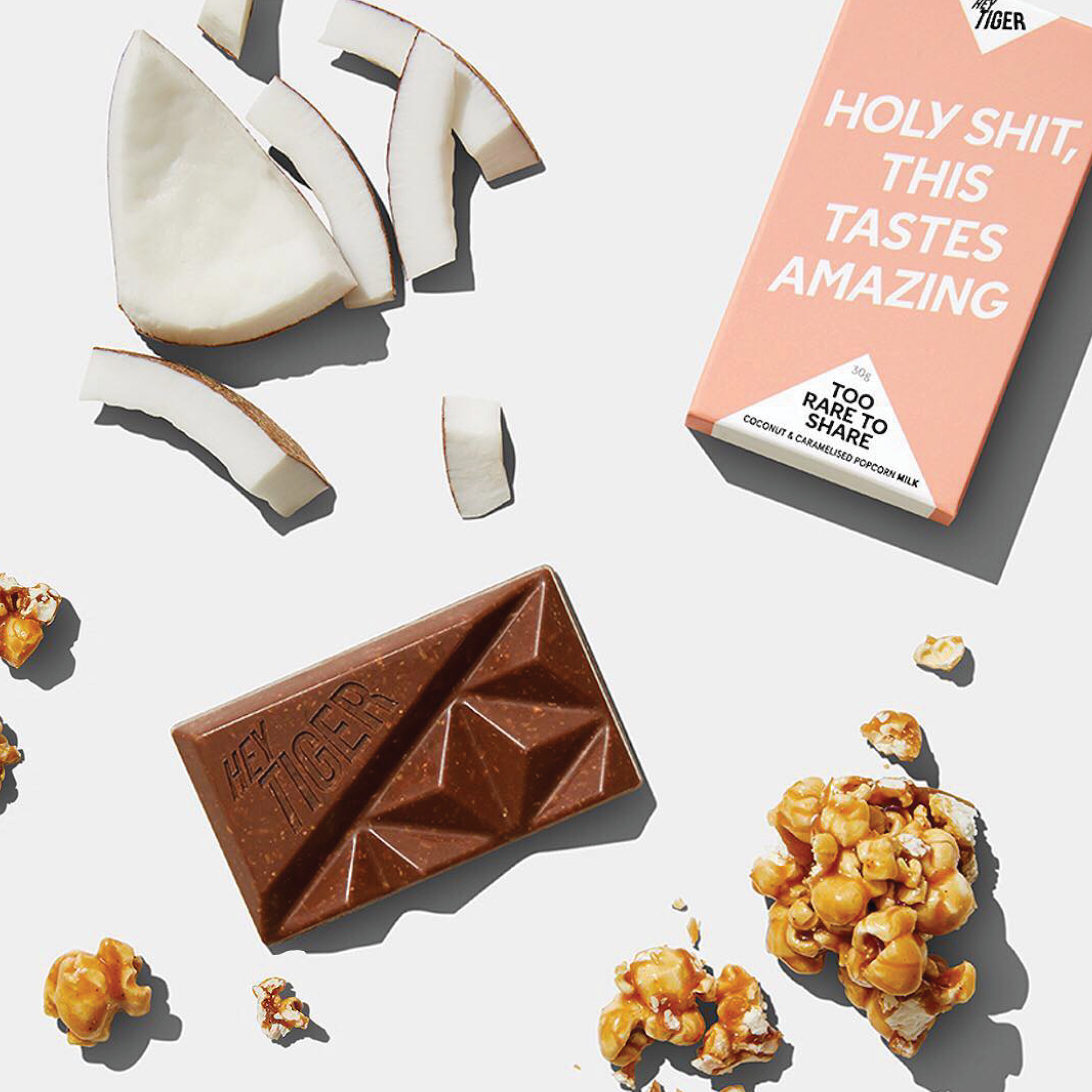The word ‘collaboration’ is being thrown around like gifts in Oprah’s Christmas special. From brand-to-influencer collaborations, employee collaboration or collaborative playlists on Spotify, there are many contexts to use the word – but ‘collaboration marketing’ is a strategy that brands and marketers stand to gain from the most.
When complementary businesses team up for a clever marketing campaign, they’re doubling their marketing reach, growing their network, authentically engaging their audiences and they can directly boost revenue streams.
Brand collaborations are happening all around us, across social media, content, products and events. Gorman got collaborative with Guide Dogs Victoria, thankyou and Sarah Kelk hatched gorgeous packaging, and Go-To Skincare teamed up with Hey Tiger for an ethical chocolate flavour.
Everyone’s collaborating, so how can you do it, too?

Gorman x Guide Dogs Australia
TIP 1 - YOU'RE NEVER TOO SMALL
It’s a common misconception that you need a big Instagram following, significant cashflow or the ability to ‘give away’ a tonne of product for free, in order to collaborate. The truth is, you can collaborate immediately and you likely have more to offer than you might think.
Over 90% of the collaborations that happen through Collabosaurus require no cash exchange whatsoever. What does this mean? It means that businesses are making the most of what is already available to them to leverage a win/win collaboration. For example – you may have a highly engaged email list and the ability to write an amazing blog post, whereas your collaborator is a keen photographer with excess product available for a giveaway. Win/win!
A great place to start is with social media or content collaborations, like competitions and giveaways, or photoshoot collaborations. This way, it’s fast and super cost-effective to give collaboration marketing a try.
When done right, brand collaborations are one of the most effective marketing strategies (not to mention, through Collabosaurus they’re up to 25x less expensive than other digital advertising!)
As with any marketing strategy, it’s incredibly important to consider (and track) outcomes of a collaboration campaign. Make sure you’ve identified your marketing goal ahead of time, and communicate this to your collaborator.
Your partner will have their own goals, too, and it’s important to ensure your objectives are aligned for the best results. If you’re stuck for a creative idea, you can check out this idea and strategy generator for a bit of fun.
We often liken successful collaborations to relationships – values need to be aligned with transparent, regular communication in place. Same goes for wrapping up a campaign, one of the best things you can do is share across results in terms of sales, engagement, traffic, clicks (whatever metrics make sense to track, in line with your objective). We love Bit.ly for tracking links, Dropbox for collaborative file sharing, Canva for whipping up quick co-branded social tiles and Google Analytics / Instagram / Facebook’s own inbuilt analytics are fabulous as well.
You could have secured the coolest collaboration in the world, but if no one knows about it, you won’t see results! Make sure you have a promotional plan in place, for both yourself and your collaborator, that reflects a mutually beneficial sharing of marketing duties.
A great tool to consider at this point is a Joint Marketing Agreement, or MOU document. Neither of these are huge, scary legal documents (they’re both quite short), however, they ensure everyone is on the same page and clear on expectations.
You can use some of the Collabosaurus templates and checklists for ensuring you’ve covered all bases with your promotional schedule. Essentially though, it’s about splitting up every promotional channel available to both parties and setting a schedule that hits each channel a few times throughout the duration of the campaign. Consider event audiences, your PR plan, blog posts, social posts (stories, lives, carousels, videos, posts), paid advertising etc.

thankyou x Sarah Kelk
Being such a powerful marketing strategy, don’t wait to introduce collaborations into your growth plans and brand marketing! Mix up your collaborators, as well as the types of collaborations you explore to keep your exposure opportunities fresh, and content engaging.

Hey Tiger x Go-To Skincare